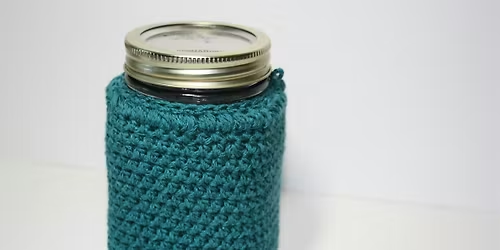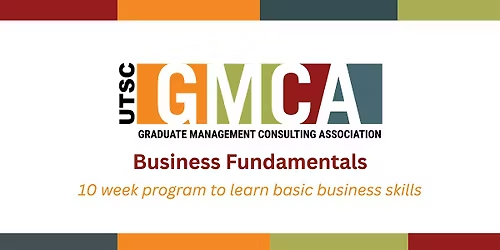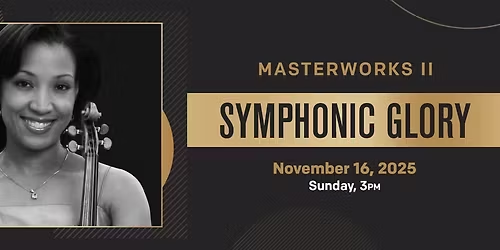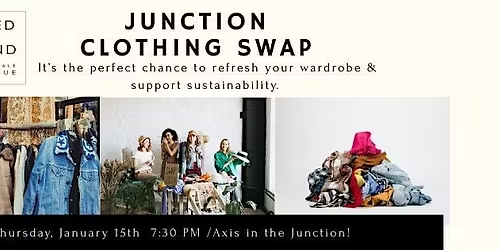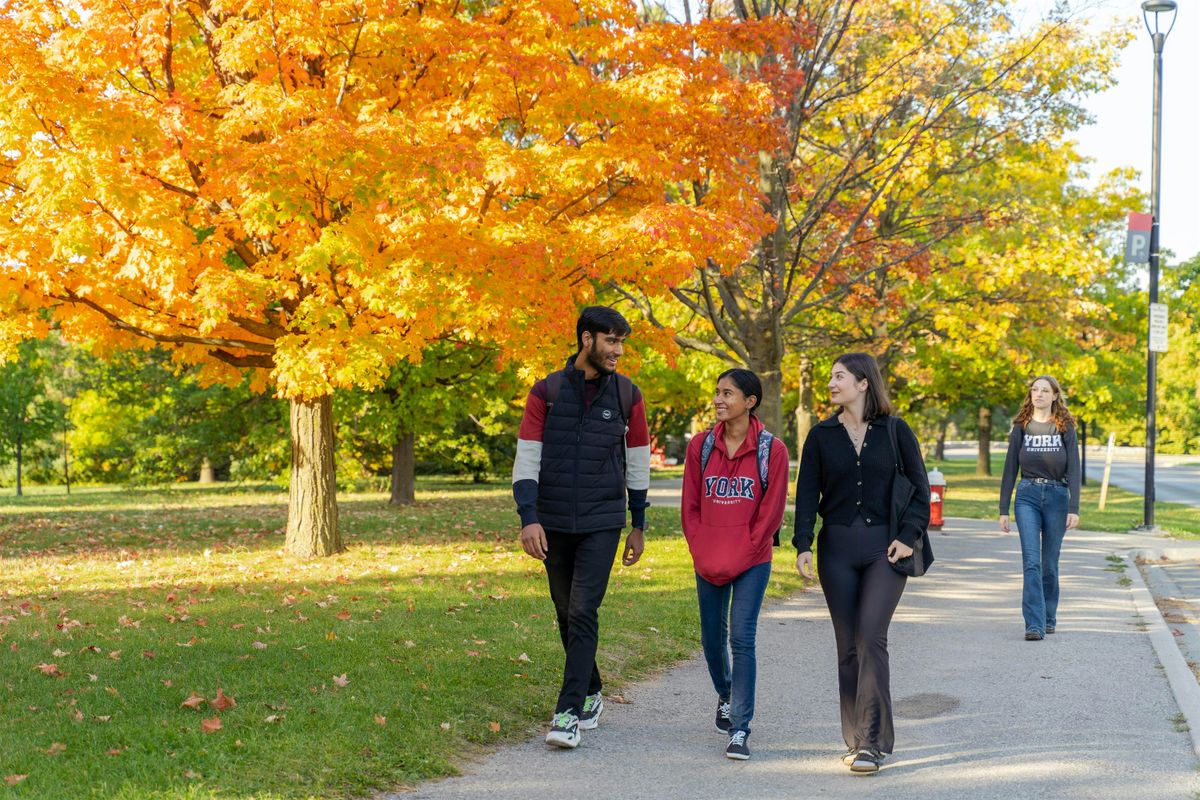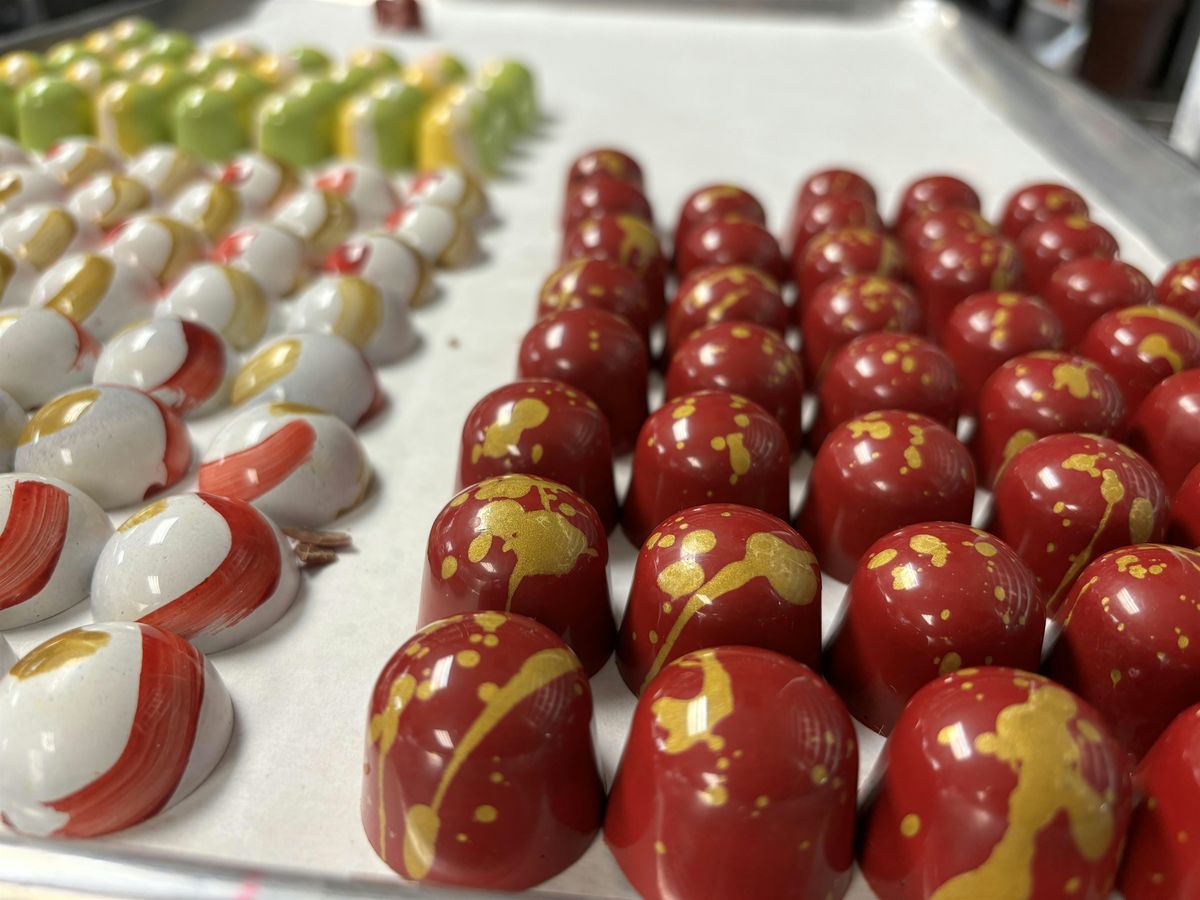Embroidery on Vintage Images
Schedule
Thu, 15 Jan, 2026 at 07:00 pm to Sat, 28 Feb, 2026 at 12:30 pm
UTC-05:00Location
Ed's Mercantile | Toronto, ON

About this Event
Embroidery on Vintage Images
Come join us at Ed's Mercantile for a fun and creative event where we will be adding a unique touch to vintage images through embroidery! This event is perfect for anyone looking to try their hand at this traditional craft....all are welcome even if you have never embroidered before! We'll guide you through step by step and help you create a one of a kind piece.
We'll provide all the materials you need, just bring your creativity and enthusiasm. Get ready to transform ordinary images into extraordinary pieces of art!
You will have a wide selection of images to choose from in class but feel free to bring in any vintage photos or other pictures you would like to add embroidery to instead. You can practice on one of our samples first and then transfer those skills to your own image.
*****Please note***** when you use the ‘contact organizer‘ feature on Eventbrite, we never receive any messages on our end. If you need to get a hold of us for any reason, please email us at [email protected] OR send us a DM on our Instagram page @edsmercantiletoronto OR use the contact form on our website www.edsmercantiletoronto. com
Thanks!
Interested in the history of this pretty craft?
Embroidery on paper (sometimes called paper piercing, needlework on paper, or broderie sur carte) is a surprisingly old art form with roots in bookmaking, card-making, and textile embroidery. Its history is a bit scattered, because it evolved in several places at once, but here’s the general story of how it came to be:
Early Origins
The idea of stitching on paper seems to have begun in the late 15th and 16th centuries, largely connected to bookbinding and religious manuscripts. Monks and craftsmen decorated vellum and parchment with thread, silk cords, and even metal fibers to create ornate covers and devotional images. These were mostly luxury objects, not everyday crafts.
However, paper as a widespread craft material came later, because early paper was fragile. Only once paper became stronger (thanks to new pulping techniques in the 1700s and early 1800s) did stitching on it become more practical.
18th and 19th Century: Embroidery Sampler Education
In the 18th and 19th centuries, embroidery on paper became part of girls’ needlework education. It was used as a stepping stone between sewing cards and full fabric embroidery:
Children were given pre-punched paper cards
They learned to make neat stitches
Patterns taught counting, patience, and hand coordination
These cards weren’t just practice. Some were quite decorative, forming flowers, geometric borders, or alphabets.
Victorian Era: The Craft Really Takes Off
The Victorian era loved sentimental, handmade decoration. Enter paper embroidery for greeting cards.
Around the mid-1800s:
Handmade Valentine’s cards and calling cards began to feature embroidered paper motifs
- Some included silk thread images, often floral or romantic
- Lace-like pierced paper borders (called “perforated paper”) became incredibly popular
Perforated paper patterns were also used in Berlin wool work, which is kind of like early needlepoint on stiff card. You can still find antique examples that look like postcards embroidered in tiny cross-stitches.
20th Century: From Parlors to Hobby Rooms
After World War I, interest dipped as mass-printed cards became cheaper. But in the mid-20th century, crafters brought it back as part of the boom
Card making
Scrapbooking
Domestic hobby crafts
Craft magazines started printing paper-piercing patterns again. Metal pricking tools and pattern templates were introduced to make the technique more precise.
1990s to Today: The Modern Craft Revival
Starting in the 1990s, embroidery on paper became popular again, especially in Europe and online craft communities. Today, it’s often used for:
Handmade greeting cards
Wedding invitations
Art journals
Modern minimalist wall art
Contemporary artists mix it with:
Photography
Typography
Watercolour
Printmaking
The result is a very hybrid craft: part folk art, part book arts, part textile tradition.
Why It Appeals Today?
People love it because:
It’s tactile but accessible
It slows you down just enough to feel meditative
It blends thread softness with paper sharpness
It turns something everyday (paper) into something poetic
Also, unlike fabric embroidery, the material doesn’t fray. Once you prick the holes, your path is set, but the result can look clean and graphic.
Where is it happening?
Ed's Mercantile, 605 Bloor St W, Toronto, CanadaEvent Location & Nearby Stays:
CAD 49.46

